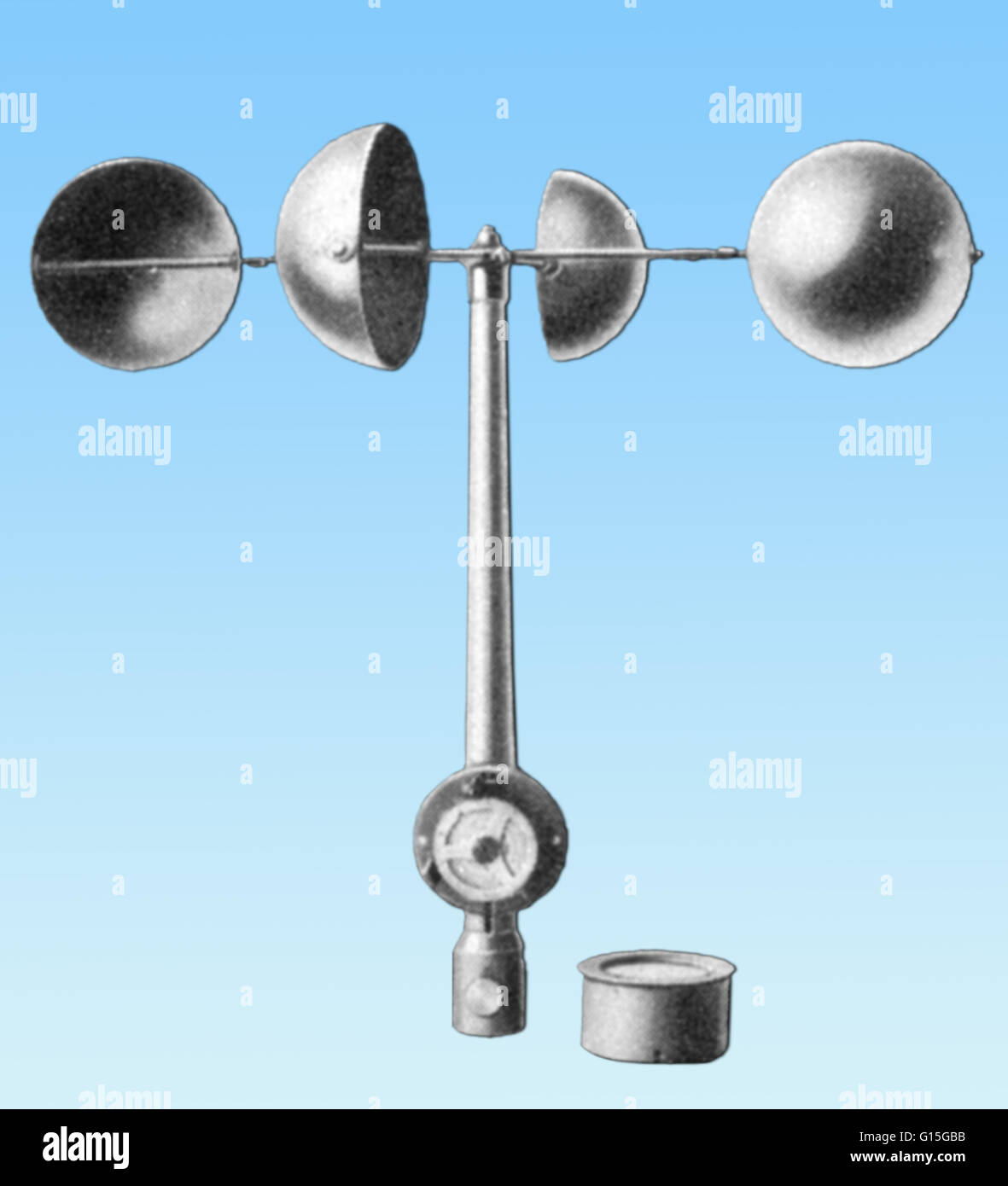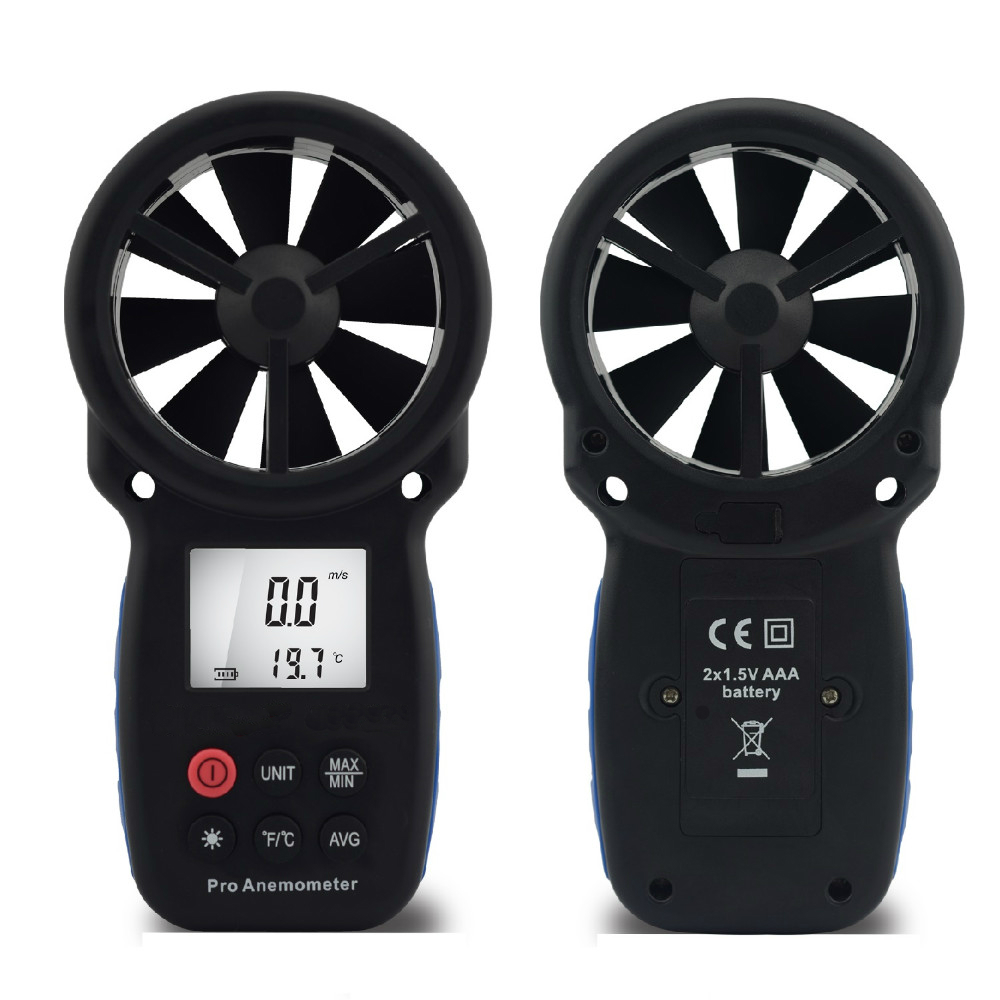The Function of an Anemometer in Improving Security for Outdoor Activities
The Function of an Anemometer in Improving Security for Outdoor Activities
Blog Article
Anemometers Introduced: Recognizing Their Importance in Ecological Surveillance and Precaution
The function of anemometers in environmental surveillance and safety procedures is often underestimated, yet their value is obvious. From meteorology to aeronautics safety, anemometers play a vital role in supplying accurate information that notifies decision-making processes and boosts general safety.
History of Anemometers
The evolution of anemometers can be traced back to the old people where simple wind gauging gadgets were initial utilized. One of the earliest known anemometers was the hemispherical mug anemometer designed by Leon Battista Alberti in the 15th century.
Over the years, improvements in modern technology led to the growth of even more contemporary anemometers, including ultrasonic anemometers and laser Doppler anemometers, offering boosted precision and performance in gauging wind rate and direction. The history of anemometers showcases a remarkable trip of technology and progression in the field of weather forecasting.
Kinds of Anemometers
Throughout the area of meteorology, numerous types of anemometers have been created to accurately determine wind rate and direction. Sonic anemometers use ultrasonic signals to measure wind speed and instructions accurately. Hot-wire anemometers operate based on the principle that the cooling result of wind on a heated wire is symmetrical to the wind rate.
Applications in Meteorology
Having gone over the numerous sorts of anemometers used in meteorology for measuring wind speed and direction, it is important to discover their practical applications in the field. Anemometers play a crucial role in meteorology by offering accurate and real-time data on wind conditions (anemometer). Meteorologists use anemometers to monitor wind speed and direction to anticipate climate patterns, concern cautions for serious climate occasions like storms, twisters, and cyclones, and analyze climatic problems for aviation safety
In weather forecasting, anemometers help in comprehending regional and regional wind patterns, which are crucial for anticipating weather adjustments and establishing weather patterns. These devices are additionally made use of in research study to research microclimates, city warm islands, and air pollution diffusion. Furthermore, anemometers are employed in farming to maximize plant monitoring methods, such as watering and pesticide application, based upon wind problems.
Significance in Aviation Safety
An essential aspect of making sure aviation safety hinges on the precise surveillance of wind conditions making use of anemometers. Anemometers play a crucial duty in air travel by providing real-time data on wind rate and direction, assisting pilots in making notified choices during trip, landing, and liftoff. Solid and unpredictable winds can considerably influence aircraft procedures, making it essential for air travel authorities to rely upon accurate wind dimensions to make sure the safety of passengers and team.

In the dynamic setting of aviation, where also small adjustments in wind speed and instructions can have extensive effects, anemometers stand as crucial tools for promoting safe and secure and safe air travel.
Duty in Environmental Study
Anemometers play a vital function in environmental research study by providing crucial information on wind rate and instructions. By precisely determining wind attributes, anemometers assist scientists examine the motion of contaminants in the air, examine the effect of industrial emissions, and predict the spread of impurities in the setting.


Final Thought
In verdict, anemometers have actually played a vital click here to read function in ecological tracking and safety actions. Comprehending the value of anemometers is crucial for precisely measuring wind rate and direction, which is crucial for predicting climate patterns, making certain safe aeronautics operations, and carrying out environmental studies.
One of the earliest well-known anemometers was the hemispherical mug anemometer invented by Leon Battista Alberti in the 15th century. Over the years, innovations in innovation led to the development of even more modern anemometers, consisting of ultrasonic anemometers and laser Doppler anemometers, offering enhanced accuracy and efficiency in gauging wind anchor speed and instructions. Hot-wire anemometers run based on the principle that the cooling impact of wind on a warmed wire is proportional to the wind rate. Meteorologists use anemometers to keep track of wind speed and instructions to anticipate weather patterns, concern cautions for severe weather condition occasions like tornados, storms, and hurricanes, and examine atmospheric problems for aeronautics safety and security.
Understanding the importance of anemometers is vital for accurately gauging wind have a peek here speed and instructions, which is crucial for anticipating weather patterns, guaranteeing risk-free air travel procedures, and performing environmental research studies. (anemometer)
Report this page